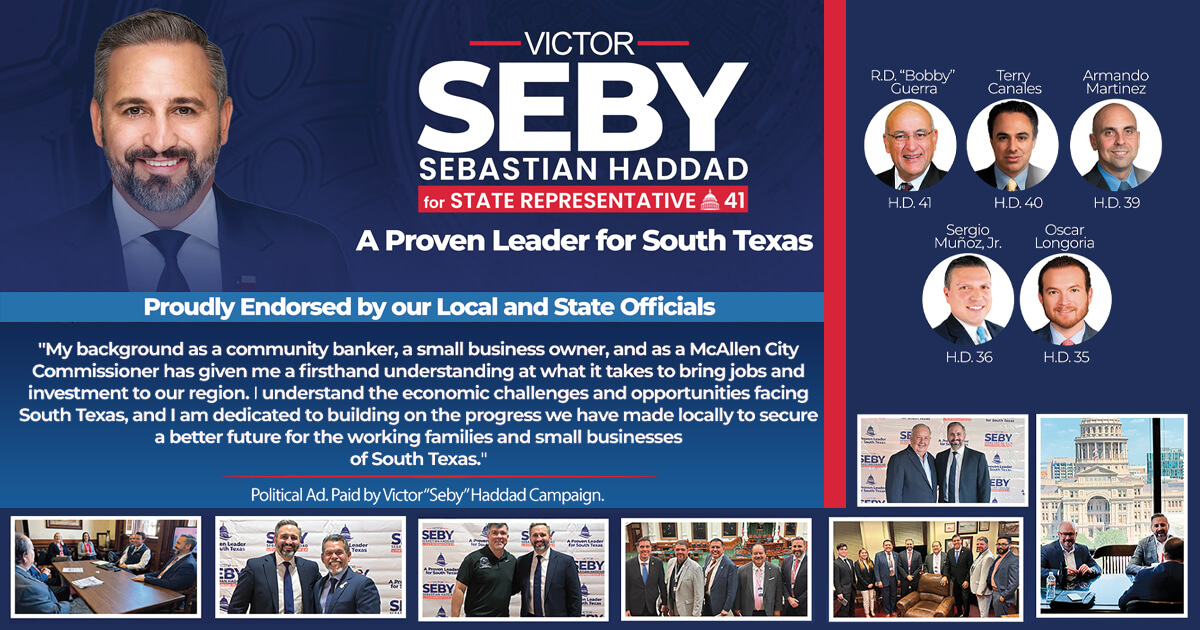
Texas Border Business
While prices for virtually everything have risen in recent years, few items have rivaled the spike in insurance prices. Texas rates for home and auto policies have surged, putting a strain on households and businesses alike.
Private passenger auto rates rose by 23.8% in 2022 and 25.5% in 2023. Reasons include more expensive cars and higher costs for repairs. Parts are also hard to obtain (particularly when body work is required), and labor costs have escalated. The result is that insurers are raising rates as they attempt to bounce back from massive losses over the past few years (claims and expenses from home and auto policies were $1.10 for every $1.00 in premiums in 2023).
Homeowners’ average rates rose 10.8% in 2022 and 21.1% in 2023. Again, the cost of home repairs is a major reason for the increase. Construction costs are higher than in the past, as are the prices for materials and labor.
Weather events and climate phenomena are also a factor, particularly as they intersect with population dynamics. Texas has long been adding new residents faster than other states, and one outcome has been the appearance of thousands of homes in areas prone to hail, hurricanes, wildfires, and tornadoes. For example, a hailstorm north of Dallas-Fort Worth 10 or 15 years ago might have fallen primarily on fields and grassland where there are now rapidly growing cities and high-end housing developments. Many communities along the Gulf Coast have also seen substantial growth, thus magnifying the costs of storms. The number of weather events generating losses of more than a billion dollars has skyrocketed.
Some insurers are reducing their exposure in Texas and other areas prone to weather calamities. Less competition is compounding the problem, reducing choices and placing upward pressure on prices. A growing number of people are opting to only partially protect their homes or forego insurance altogether, which could prove financially disastrous. Although some amount of auto liability coverage is mandated by Texas law, higher prices will inevitably increase the number of uninsured motorists on the road, thus escalating risk exposure and costs for carriers.
The Texas Windstorm Insurance Association (TWIA) provides wind and hail insurance to coastal homeowners and businesses that cannot obtain it elsewhere. TWIA manages a trust fund and has mechanisms to raise additional reserves if needed. As with many carriers, it relies on reinsurance (essentially insurance for insurers), the price of which has also soared.
Looking ahead, the pace of increase will likely ease, but premiums will unfortunately remain above historical patterns and settle into a “new normal” – an unavoidable consequence of a growing economy and population in a geography characterized by more frequent and expensive weather events. Stay safe!
____________________
Dr. M. Ray Perryman is President and Chief Executive Officer of The Perryman Group (www.perrymangroup.com), which has served the needs of over 3,000 clients over the past four decades.












